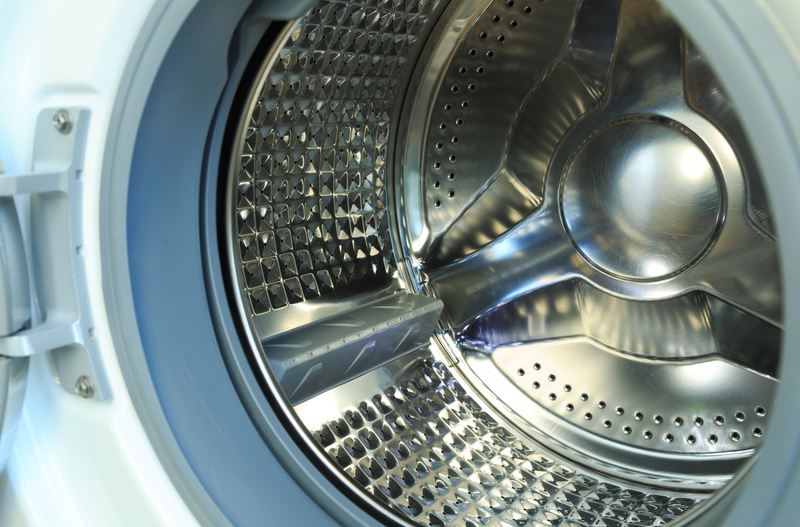Strategies for Mold Prevention in Bathrooms
Posted on 26/08/2024
Maintaining a clean and mold-free bathroom is crucial for the health and comfort of your home. Mold thrives in damp and humid environments, making bathrooms a prime target. This article explores effective strategies to prevent mold growth in bathrooms.
Understand the Causes of Bathroom Mold
Mold thrives in environments with excess moisture. Bathrooms are naturally prone to high humidity due to showers and baths. Therefore, understanding the root causes of mold growth is essential. Common causes include poor ventilation, stagnant water, and high humidity levels.

Ensure Proper Ventilation
One of the most effective ways to prevent mold is by ensuring proper ventilation. Install an exhaust fan in your bathroom to expel moist air. If your bathroom has windows, open them during and after bathing to allow moisture to escape.
Regular Cleaning Routine
Implementing a regular cleaning routine is crucial for preventing mold growth. Clean bathroom surfaces such as tiles, sinks, and shower areas weekly using a mold-killing solution. Pay special attention to areas prone to moisture accumulation.
Use Mold-Resistant Products
Consider using mold-resistant products such as mold-resistant drywall and paint. These products are designed to resist moisture and discourage mold growth. Additionally, opt for shower curtains that are treated with mold inhibitors.
Control Humidity Levels
Maintaining optimal humidity levels is essential in preventing mold. Use a dehumidifier to keep bathroom humidity levels under control, ideally below 60%. Ensure bathroom plumbing is in good condition to prevent leaks, which can contribute to humidity.
Address Leaks and Drips Promptly
Mold can form quickly around leaks and drips, so it's vital to address any plumbing issues immediately. Inspect your bathroom regularly for leaks or water damage, particularly around sinks, showers, and toilets.
Tips for Mold Prevention in Bathrooms
- Wipe down shower walls and doors after each use to eliminate excess moisture.
- Keep the bathroom door open after use to allow air circulation.
- Use mildew-resistant shower mats and regularly wash them.
- Avoid leaving wet towels in the bathroom; hang them outside to dry.
- Inspect and clean bathroom vents and exhaust fans regularly to ensure efficient operation.
Pros and Cons
Pros
- Improved indoor air quality.
- Reduced risk of respiratory problems related to mold exposure.
- Increased longevity of bathroom finishes and fixtures.
- Aesthetic appeal of a clean, mold-free bathroom.
Cons
- Upfront cost of mold-resistant products and dehumidifiers.
- Extra effort required in maintaining a stringent cleaning routine.
- Need for regular maintenance of ventilation systems and plumbing.

Takeaways
Effective mold prevention in bathrooms hinges on understanding the causes of mold and implementing comprehensive strategies such as ensuring proper ventilation, maintaining regular cleaning routines, and using mold-resistant products. Control humidity levels and address leaks promptly to minimize the risk of mold growth.
Conclusion
Mold prevention in bathrooms is a multifaceted approach that involves proper ventilation, regular cleaning, and the use of mold-resistant materials. By implementing these strategies, you can maintain a clean and healthy bathroom environment. While there are some upfront costs and maintenance efforts involved, the benefits of a mold-free bathroom far outweigh the disadvantages.



